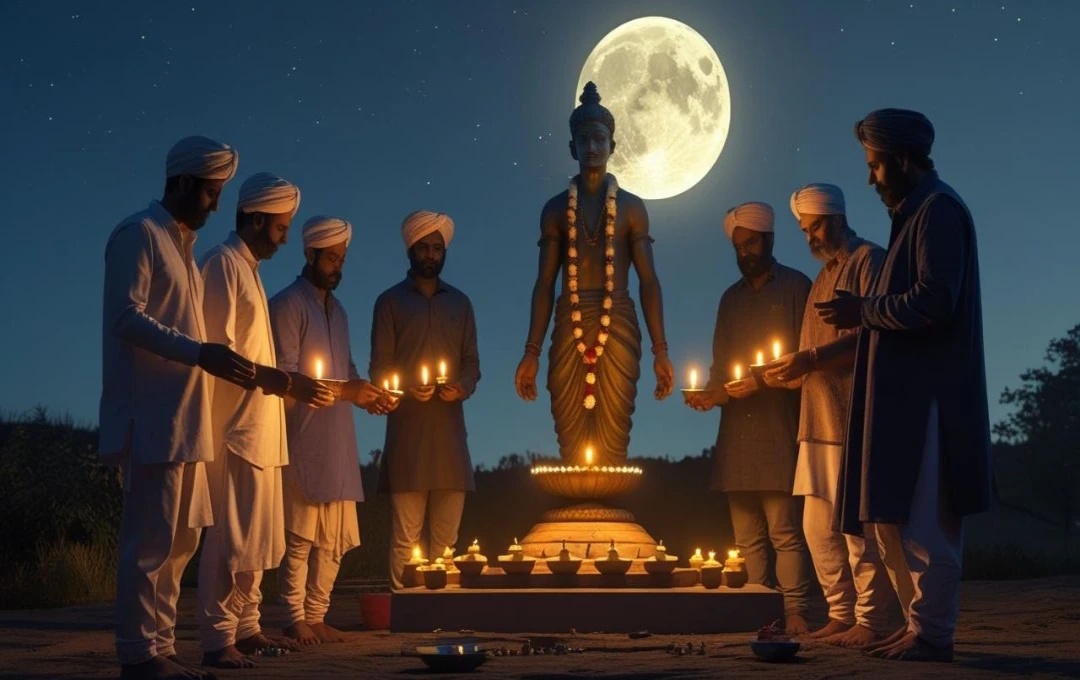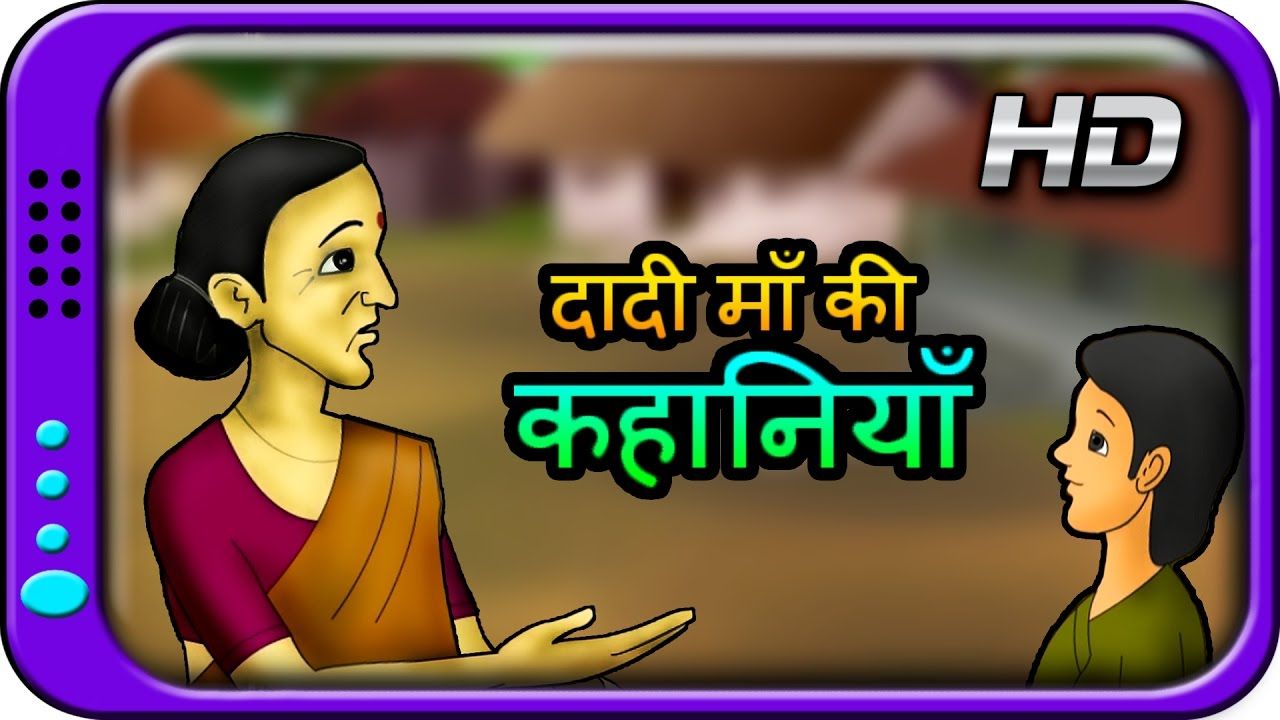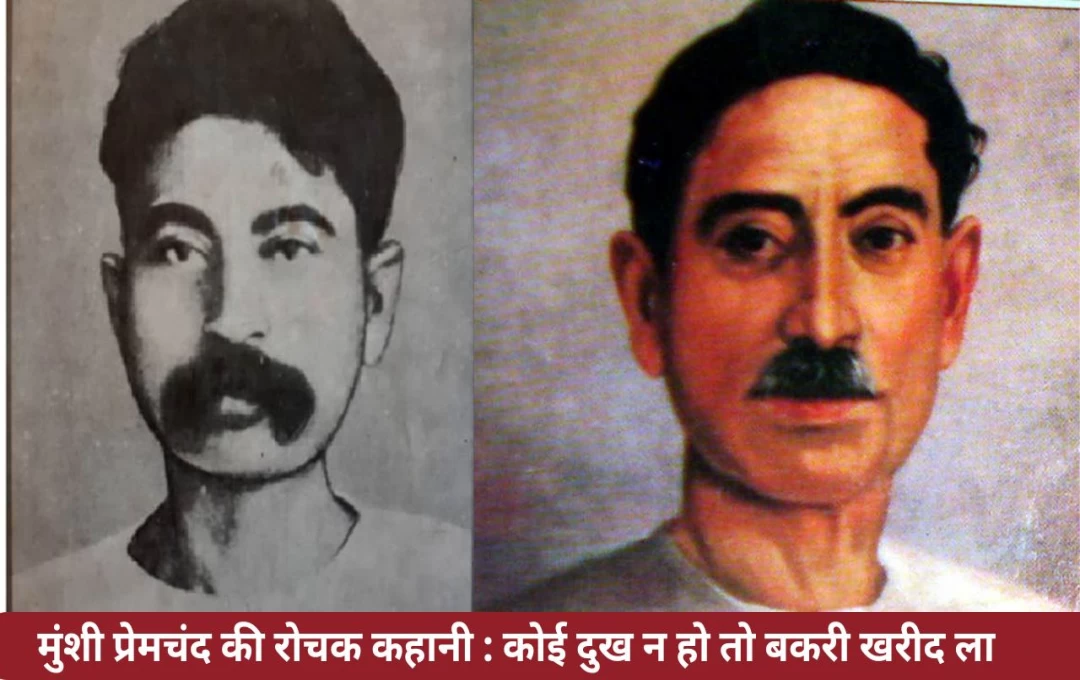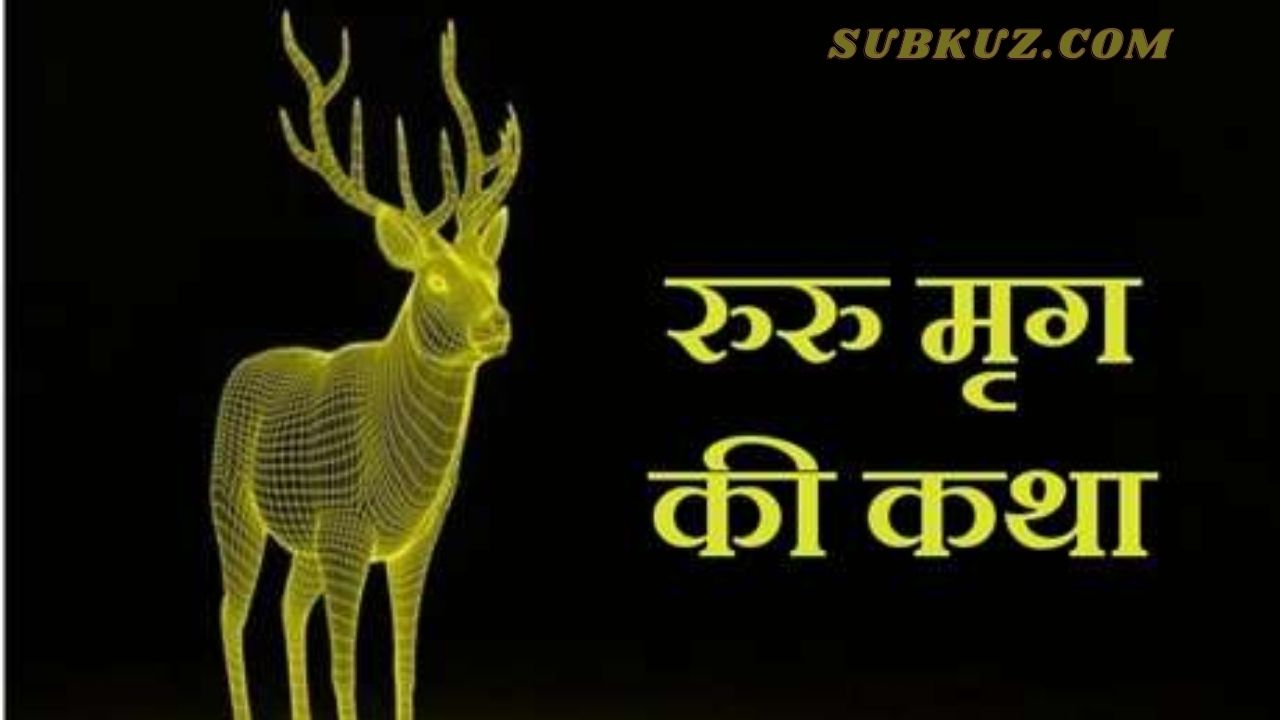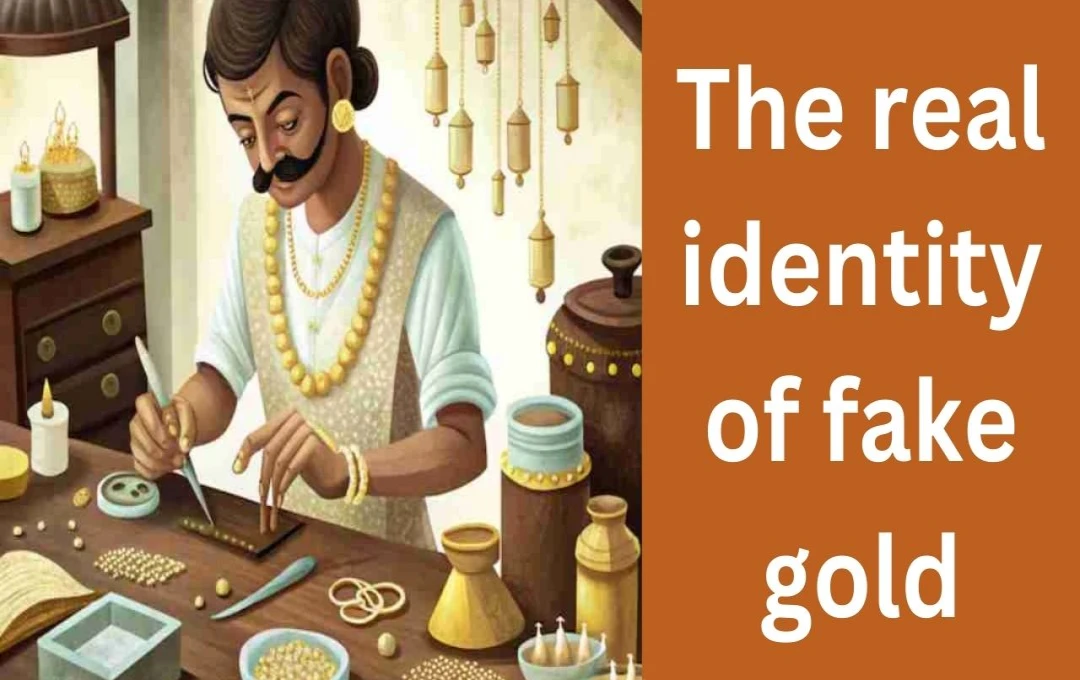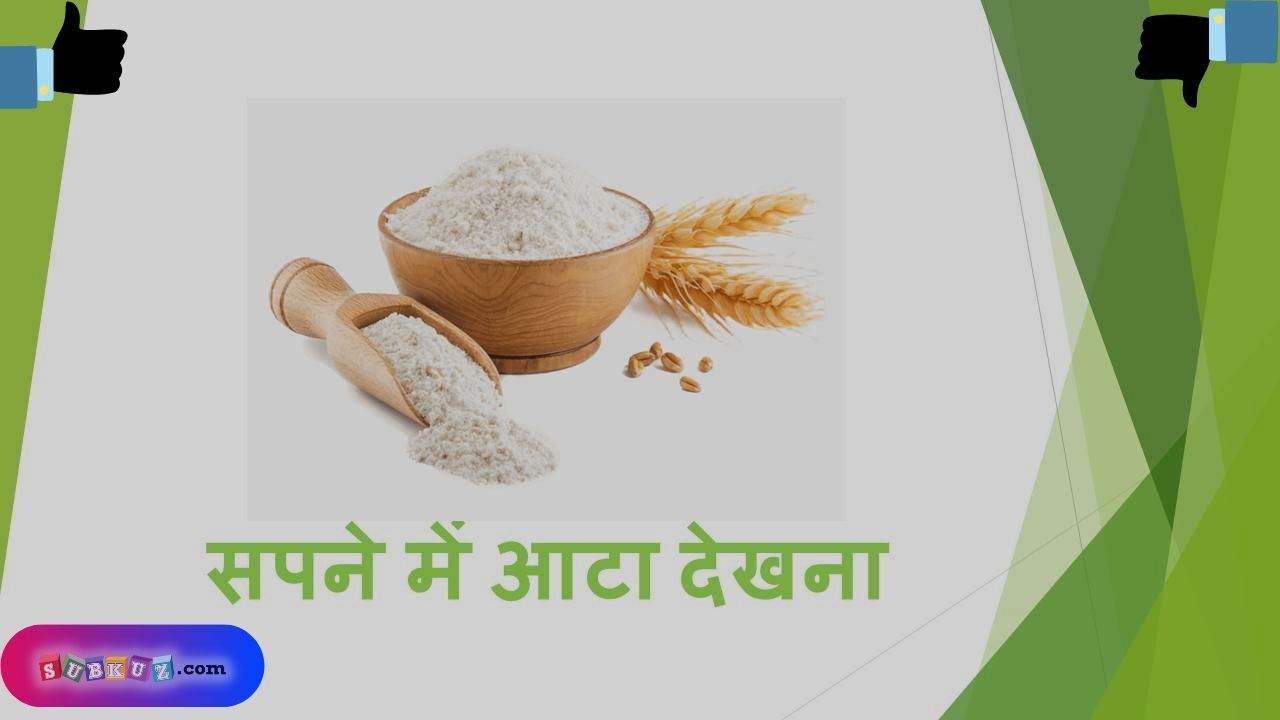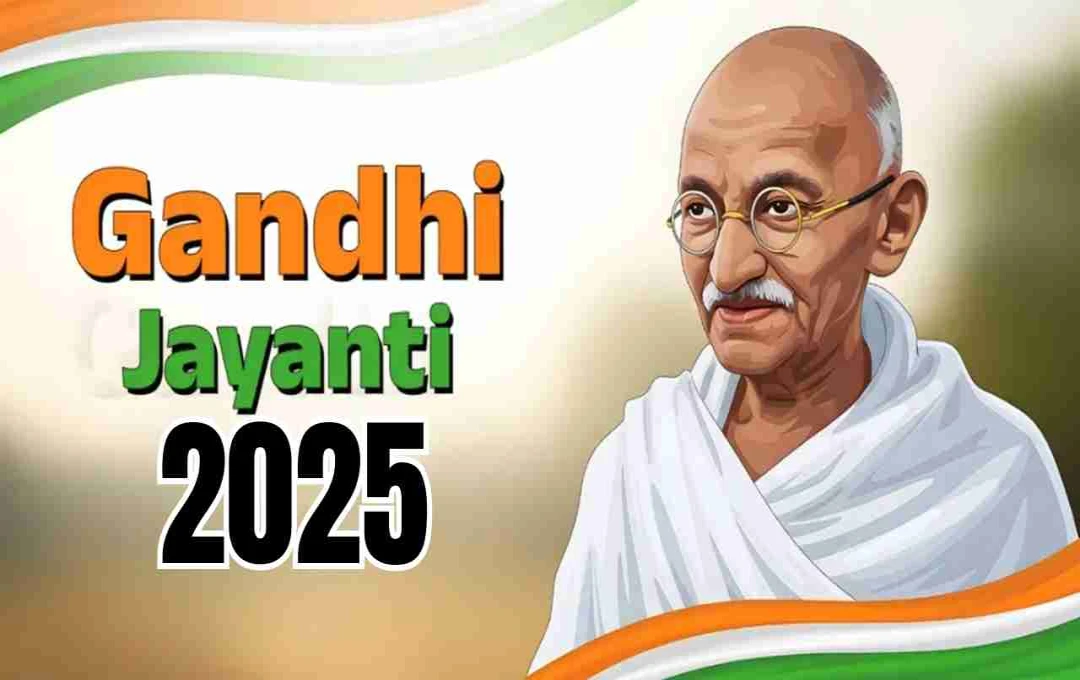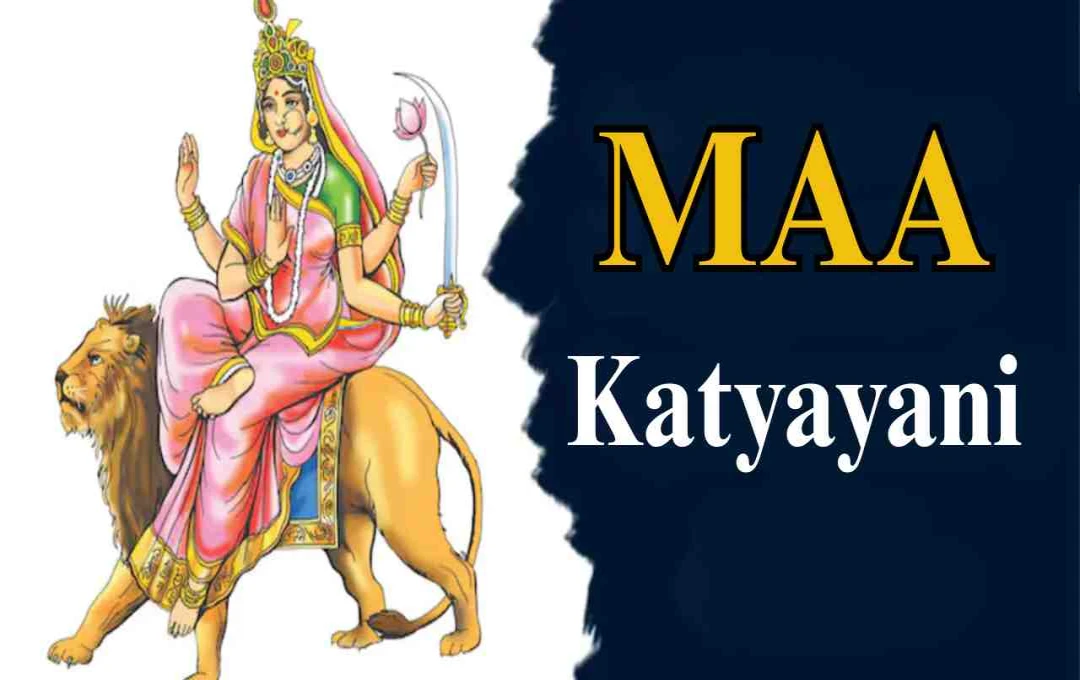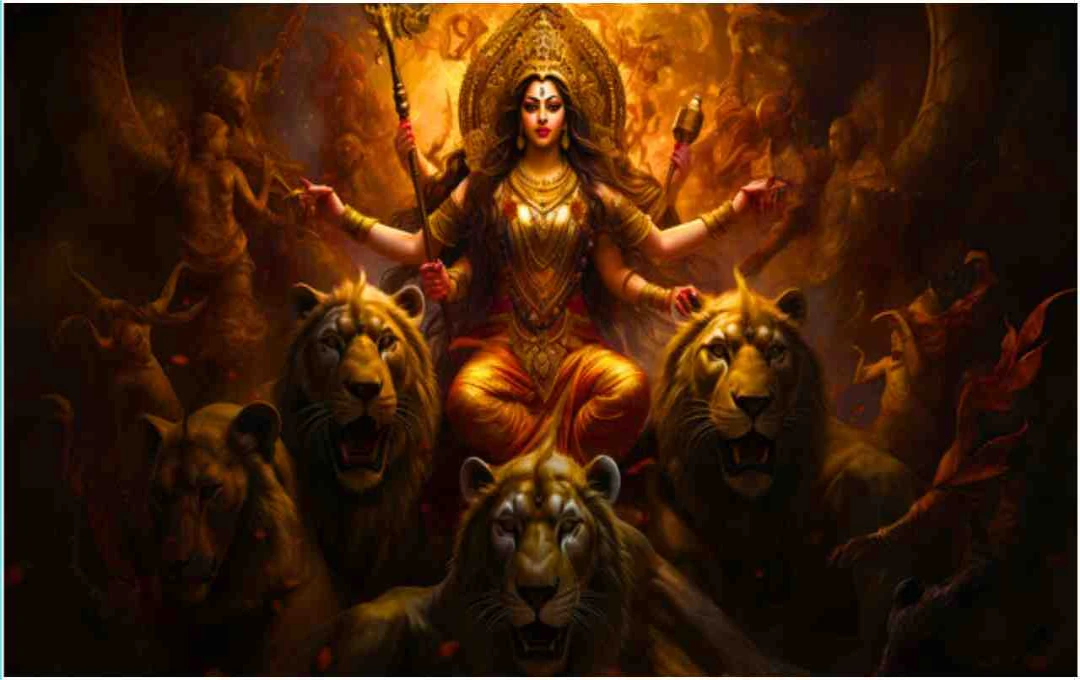Kabir Das Jayanti commemorates the birth anniversary of the great Indian saint, Kabir Das. Through his couplets (dohas), sayings (sakhis), and teachings, Kabir Das challenged societal ills, superstitions, and religious ostentation. His life and teachings remain relevant even today. This article will delve into Kabir Das's life, philosophy, and his impact on society.
Introduction to Kabir Das's Life
Kabir Das is believed to have been born in the 15th century. Several stories surround his birth. One popular belief states he was the son of a Brahmin widow who, fearing social stigma, abandoned him near the Lahartara Talab (present-day Varanasi). There, he was found and raised by a Muslim weaver named Niru and his wife, Neema.
Kabir Das received no formal education, yet his intelligence and spiritual wisdom were exceptional. He called himself "uneducated," yet his couplets and devotional songs are a treasure trove of knowledge.
Guru-Shishya Parampara (Guru-Disciple Tradition)
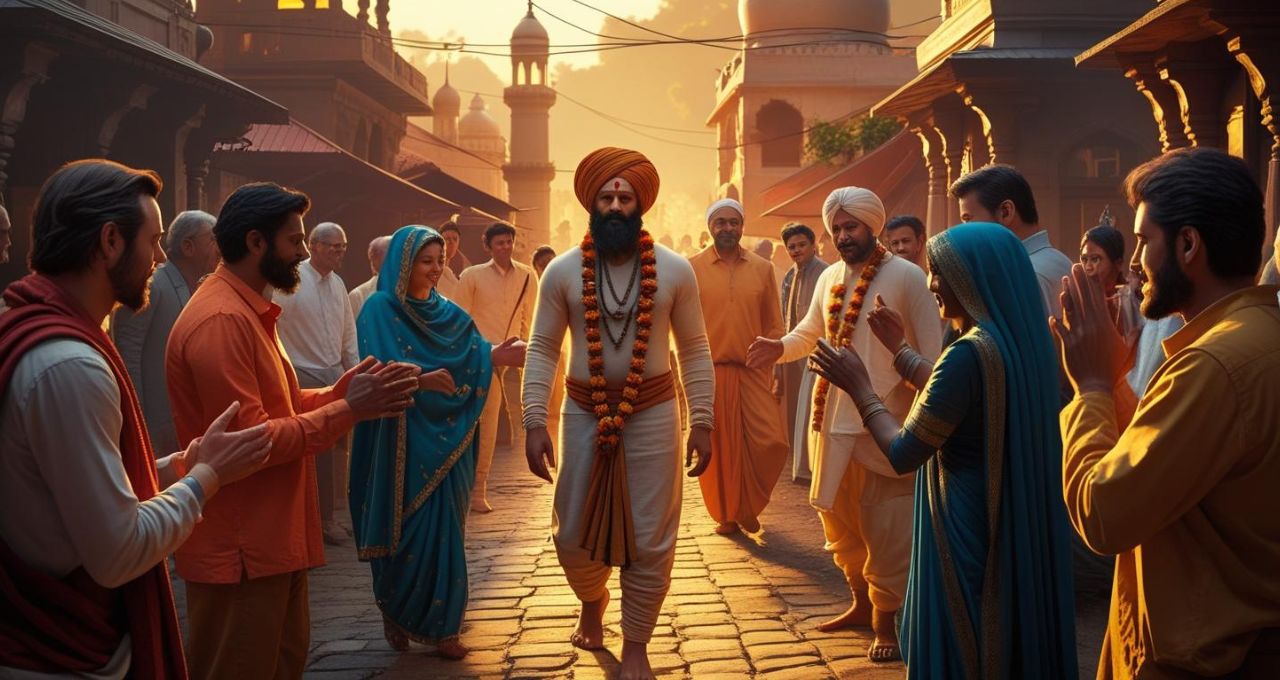
Kabir Das was a disciple of Sant Ramananda. It is said he cleverly initiated his discipleship. Ramananda would bathe in the Ganges every morning. Kabir would lie down on the steps leading to the river, forcing Ramananda to say "Ram-Ram" as he stepped over him. Kabir considered this utterance of "Ram-Ram" from Ramananda's mouth as his initiation mantra and became his disciple.
Kabir Das's Philosophy and Teachings
Monotheism and Devotion
Kabir Das emphasized the worship of a single form of God. He preached the message of Hindu-Muslim unity, stating:
"Duvai jag bichariya, Hindu kahai mohi Ram piyara.
Turk kahai Rehamana, aapas mein dou ladi-ladi mue, maram na jaana."
Meaning: Hindus and Muslims both call God by different names, but in reality, He is one.
Social Equality
Kabir opposed caste discrimination and the hierarchy of high and low. He believed that all are equal in God's eyes:
"Jaati-paanti pooche nahi koi, Hari ko baje so Hari ka hoee."
He inspired even the lower strata of society to live with self-respect.
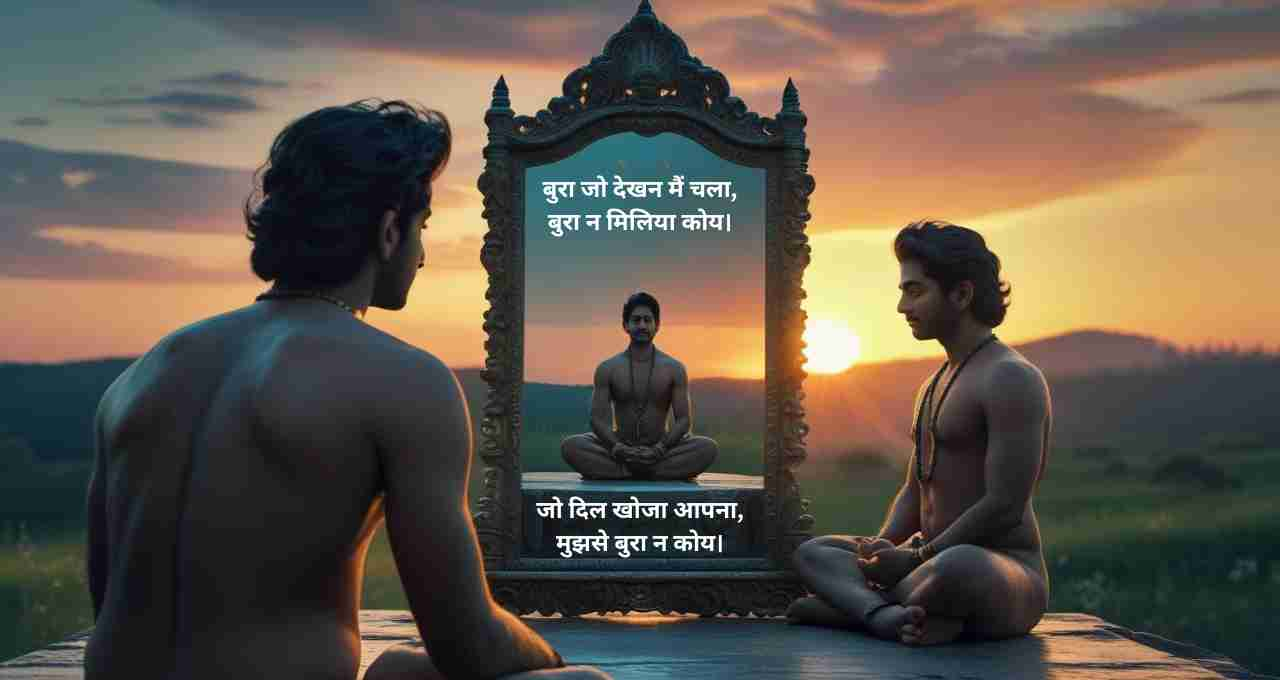
Rejection of Religious Rituals
Kabir considered outward religious practices like idol worship, pilgrimages, and fasts as meaningless. According to him, true devotion lies in the purity of the heart:
"Pahan pooje Hari mile, to main poojun pahār.
Ya te to chaki bhali, pees khaay sansār."
Meaning: If God could be obtained by worshipping a stone, I would worship a mountain. But this is not so; a grinding stone (which grinds grain to feed people) is better.
Truth of Life
Kabir deeply pondered on liberation (moksha) and death. He said that one should focus on their actions:
"Kaal kare so aaj kar, aaj kare so ab.
Pal mein parlay hogi, bahuri karega kab."
Meaning: Do what you intend to do tomorrow, today, and what you intend to do today, do it now, because time is uncertain.
Kabir Das's Works
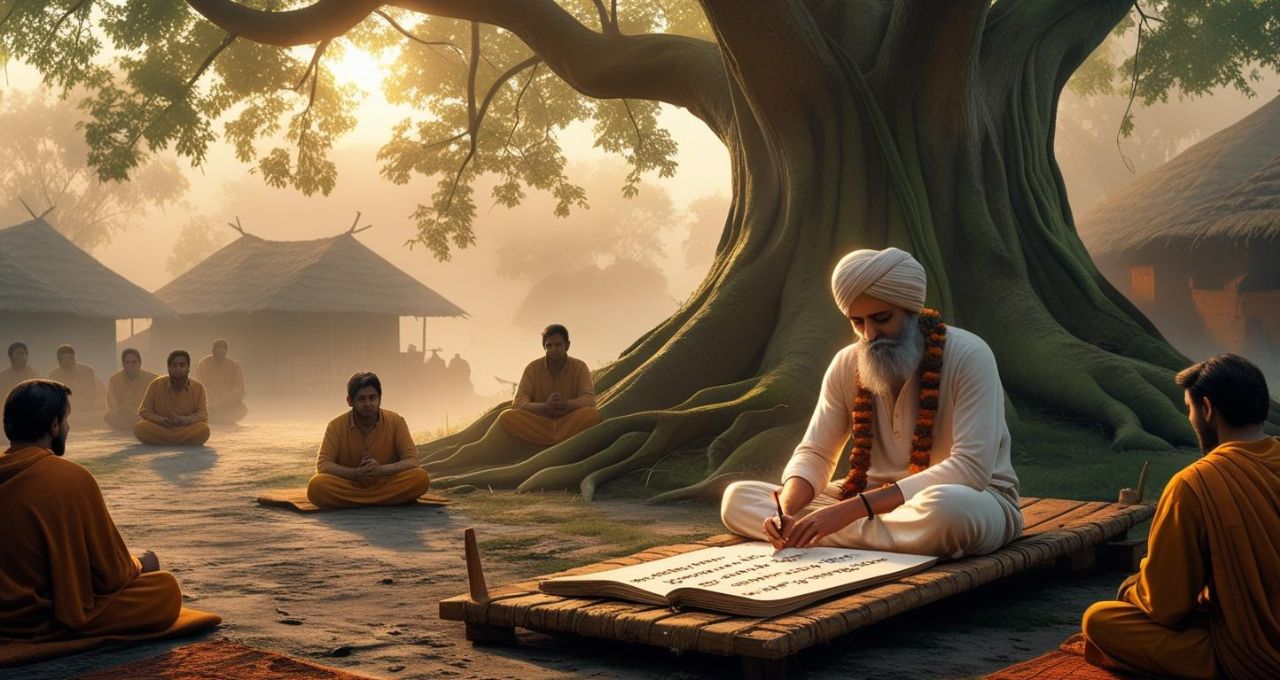
Kabir Das expressed his thoughts in the form of sakhis, sabds, and ramainis. His language was simple and impactful, a blend of Awadhi, Braj, and Khari Boli. His major works include:
Bijak – This contains Kabir's couplets and sayings.
Kabir Granthavali – This includes all his couplets and devotional songs.
Anurag Sagar – This is a collection of Kabir's mystical teachings.
Kabir Das's Impact on Society
Kabir Das had a profound impact not only on his time but also on society to this day. His ideas fueled the Bhakti movement and inspired later saints like Nanak, Ravidas, and Dadu Dayal. His teachings continue to inspire social harmony, truth, and morality.
Significance of Kabir Das Jayanti
Kabir Das Jayanti is celebrated annually on the full moon day of the Jyeshtha month. On this day, his followers recite his couplets, organize gatherings (satsangs), and spread the message of unity and brotherhood in society.
Kabir Das was a saint who spoke the truth without any pretense. His teachings are still relevant, especially when society is divided along religious, caste, and narrow-minded lines. On the occasion of Kabir Das Jayanti, we should assimilate his ideas and work towards building a better society.
"Bura jo dekhna main chala, bura na miliya koy.
Jo dil khoja apna, mujhse bura na koy."
